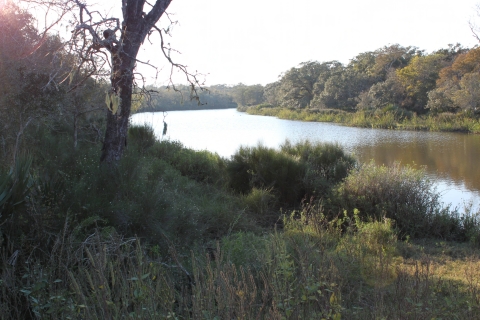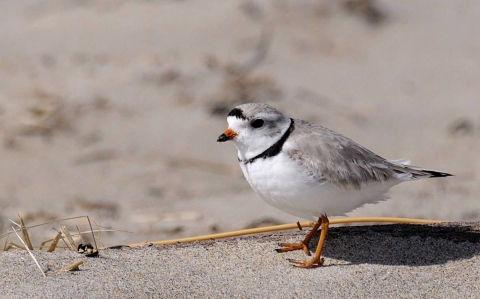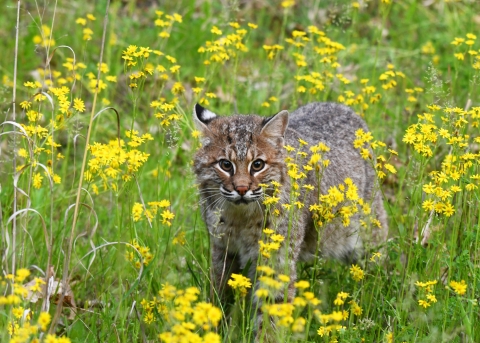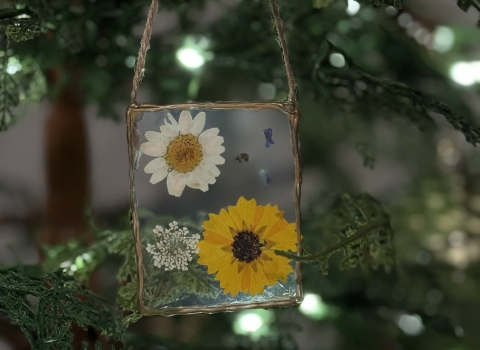Location
Located along the Texas coastline just south of Houston, the Brazoria National Wildlife Refuge and San Bernard National Wildlife Refuge occupies thousands of acres of protected land for conservation efforts. It’s diverse array of habitats such as saltwater lakes and marshes, freshwater lakes, coastal prairies, streams, and bottomland forests provide recreation areas for people to enjoy while creating a haven for local and migratory wildlife.
Wildlife
Both refuges are home to a large diversity of coastal wildlife ranging from songbirds, reptiles and amphibians, and a variety of insects. Common species include the Bald Eagle (Haliaeetus leucocephalus), Piping Plover (Charadrius melodus), Kemp's Ridley sea turtle (Lepidochelys kempii), American Alligator (Alligator mississippiensis), and Bobcat (Lynx rufus).
Healing a Living Shoreline
Cordgrass
Planting smooth cordgrass (Spartina alterniflora) behind breakwaters influences the creation of healthier marshes and stronger shorelines that better withstand future storm events. The Brazoria and San Bernard refuges acts as an important buffer against storm events and loses roughly four feet of marsh shoreline annually due to intense storms, heavy rain, and constant wave activity along the Gulf Intercoastal Waterway. Breakwaters have been added to over four miles of refuge coastline in order to promote stronger marsh establishment and minimize erosion.
Collaboration and Restoration
The Brazoria National Wildlife Refuge and San Bernard National Wildlife Refuge will be working with partners to create new marsh habitats that will strengthen the shoreline and provide a more thriving environment for wildlife and fisheries. A local company (RES) will harvest, transport, and re-plant smooth cordgrass along five miles of breakwater with the help of members and volunteers. This effort presents a great educational opportunity to coastal communities and the importance of healthy marshes.
Thanks to the generous donations by the Coastal Conservation Association of Texas (CCA) and Backcountry Hunters and Anglers of Houston, 33 acres (60 thousand plants) of smooth cordgrass will be planted to help build back the marsh and help create a living shoreline that will protect valuable coastal marshes for fish and shorebirds for many years to come.










